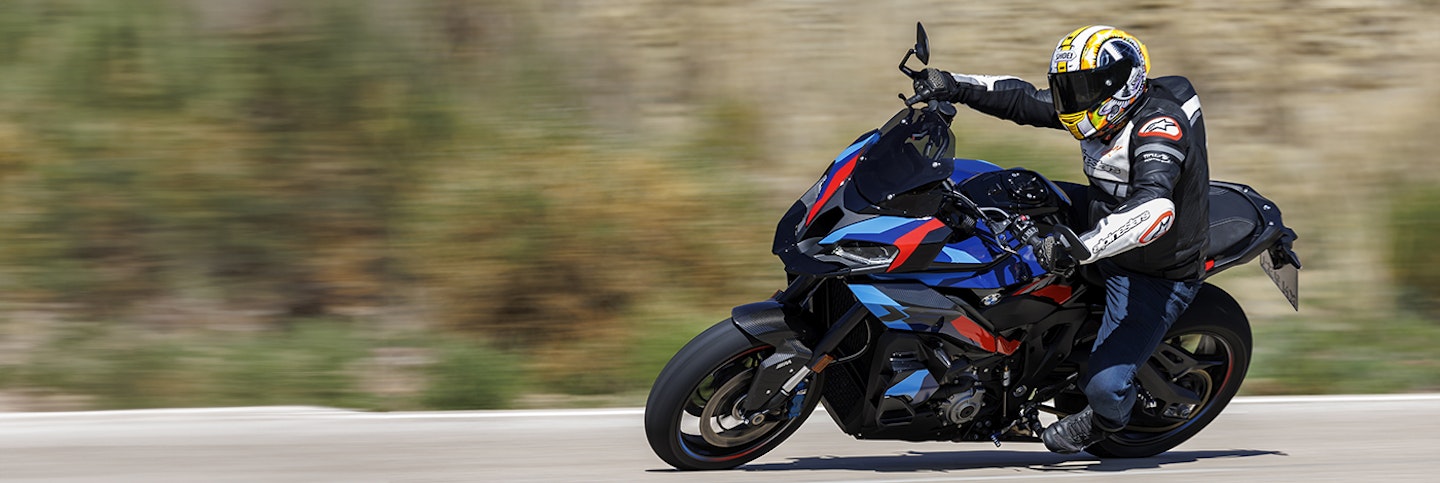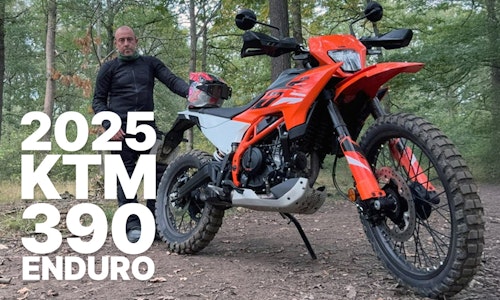Bike Reviews
BikeSocial does motorcycle reviews differently. Scroll down the page and you’ll find our enormous database of new and used road tests. It’s not about employing the fastest riders or the greatest stunt riders, BikeSocial’s road test team has around 150 years of combined riding and testing experience.
You might be also interested in
Best bobbers for sale in 2024
Third Party Only Bike Insurance
Best bikes for A2 licence holders
Ultimate cover
Best middleweight naked bikes (and some used ones too)
Accepted as Standard Modifications
Most fuel efficient bikes on the market in 2024
Multi Bike Insurance - One Policy for Multiple Bikes
Get a quote
We search our panel of insurers to find you our best price for the cover you need

